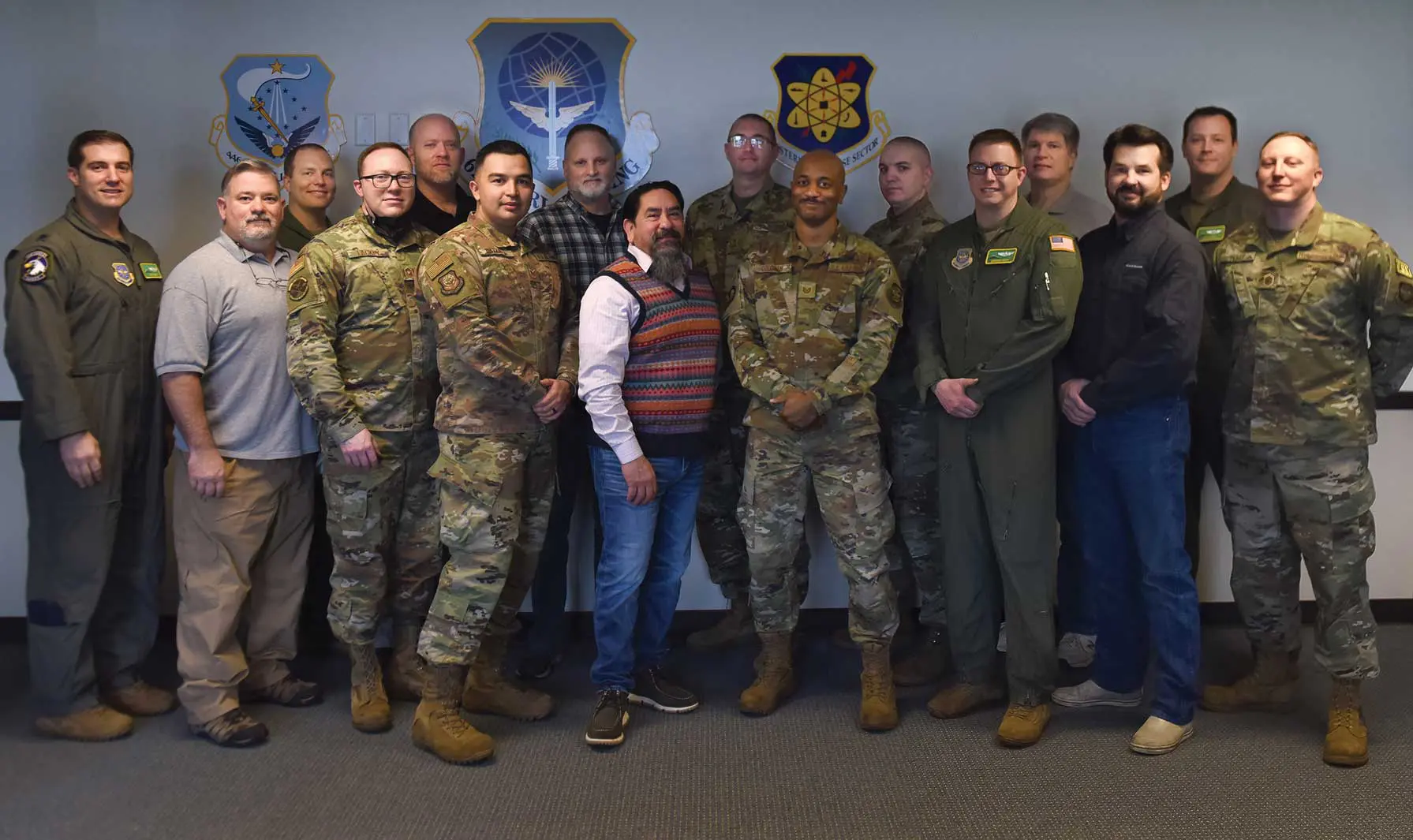Safety Office of the Year: 62nd Airlift Wing, Joint Base Lewis-McChord, WA
By Staff Writer
The 62d Airlift Wing (62 AW), Joint Base Lewis-McChord, WA, led by Col David A. Fazenbaker, has been awarded the 2021 Air Mobility Command (AMC) Safety Office of the Year recognition.
The 62 AW ensured no major mishaps while directing the flight safety for 2,500 missions transporting 80,000 tons of cargo and 170,000 passengers at AMC’s busiest joint base (JB).
Overseeing AMC’s only nuclear-capable unit, the 62 AW executed eight missions and airlifted 673,000 pounds of nuclear cargo, which was critical to AMC’s strategic deterrence mission. The 62 AW aced its nuclear surety inspection with the lowest number of deficiencies in more than a decade. Three teams and six Airmen were recognized as superior performers, and 15 individuals received the coveted Inspector General coin. The 62 AW’s Nuclear Surety Managers conducted 10 annual and 79 spot inspections and identified or corrected 122 discrepancies.
Striving for a safer work environment, the 62 AW led 243 Occupational Safety Division unit and spot inspections, identifying 83 possible weaknesses. Aggressive tracking led to a 90-percent closed rate.
The 62 AW executed 137 aviation investigations, evaluated $7.3 million in damages, and delivered 10 recommenÂdations. They investigated 127 ground mishaps, 23 of which were reportable. Their overall 5-year rolling average rate was reduced by 35 percent, crushing their reduction goal of 10 percent.
They created and coordinated $10,000 in funds and equipment for a new Wing Staff Agency training room. By improving the training facility and its capacity, they were able to educate 200 personnel.
The 62 AW provided Class B Investigating Officer and Maintenance members, leading three Line Operations Safety Assessments (LOSA) Safety Investigation Boards, including the first aircraft maintenance LOSA in U.S. Air Force history.
Coordinating Bird Watch Conditions with the Operations Group and Endangered Species Act-compliant airfield maintenance with the Directorate of Public Works and the United States Fish and Wildlife Service (USFWS), the 62 AW decreased bird strikes by 16 percent and earned the Air Force Chief of Safety Special Achievement Award.
The 62 AW ensured joint service explosives readiness by identifying and rectifying critical Explosive Ordnance Disposal response. They also managed 107 Explosives Site Plans, 12 explosives facilities licenses, and 153 munitions store sites and trained 22 additional Weapons Safety Representatives.
They conducted 42 spot inspections on four units, mended three program infractions, and enabled 62 AW units’ uninterrupted munitions mission capabilities.
The 62 AW originated Air Force Instruction 91-202 Annual Program Management Review, analyzed 480 trends against four overall program goals, and were awarded the highest possible rating.
They delivered safety expertise vital to sustained joint force combat readiness by overseeing two Joint Special Operations Command Close Air Support ammunition exercises.
By revitalizing 62 AW Quarterly Safety Boards and Training Review Panels, seven briefs with mishaps, the Aviation Safety Action Program, and Bird/ Wildlife Aircraft Strike Hazard (BASH) reviews, they decreased Aviation Ground Operation mishaps by 14 percent and injuries by 25 percent.
They developed Midair Collision Avoidance for Washington’s major hotspot, trained 50 military and civilian engineers on C-17A operations, and deconflicted 433,000 aircraft.
Leading JB Biological Opinion, they represented the Department of Defense with USFWS, the Directorate of Public Works, and the Federal Aviation Administration. The 62 AW also validated a Concept of Operations, avoiding a $20,000 BASH flaw.


